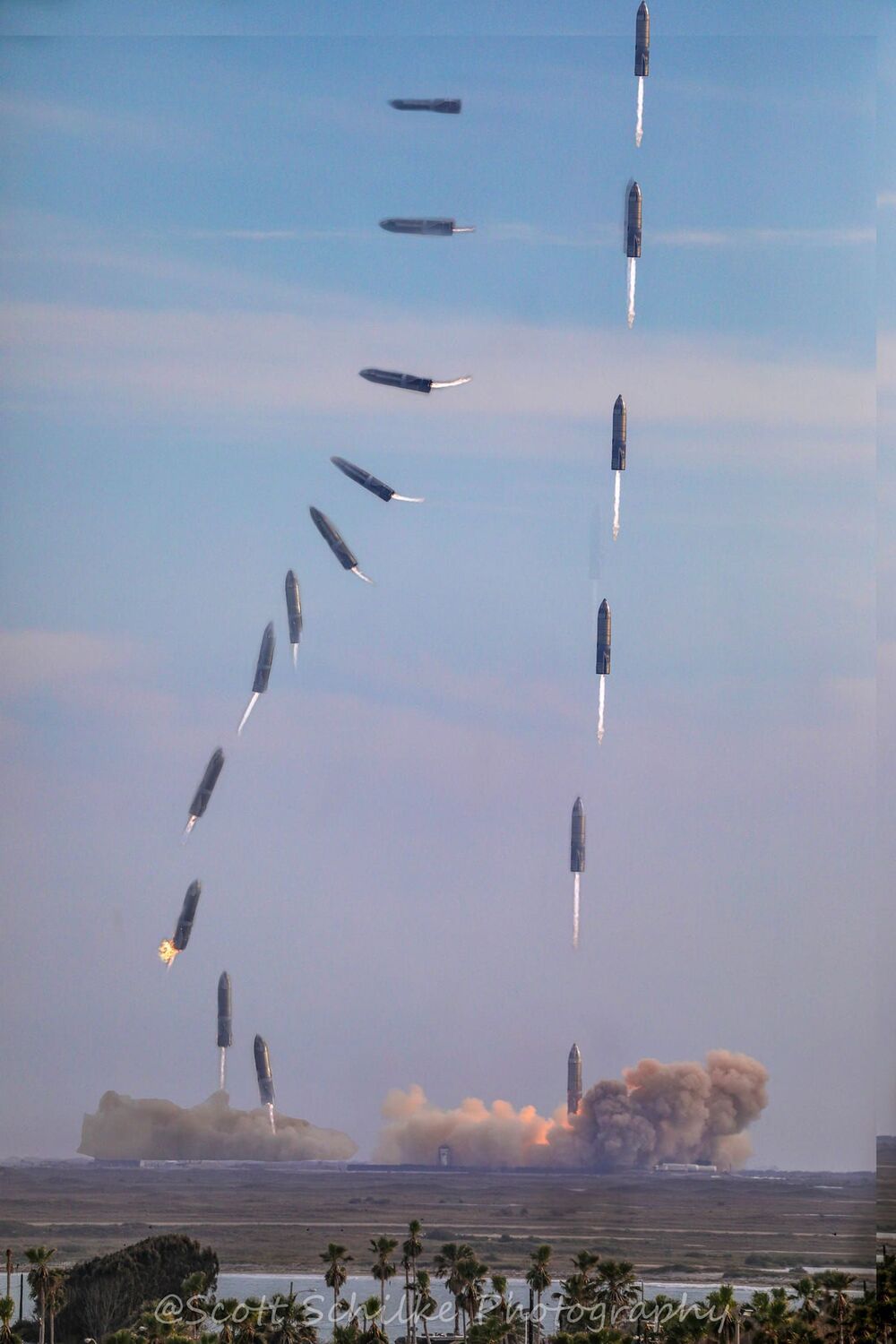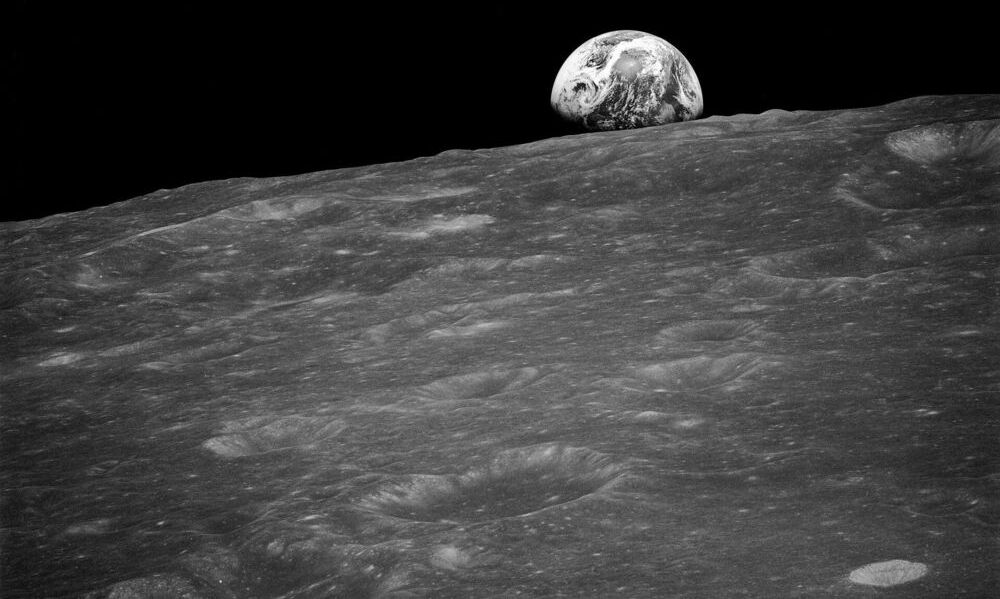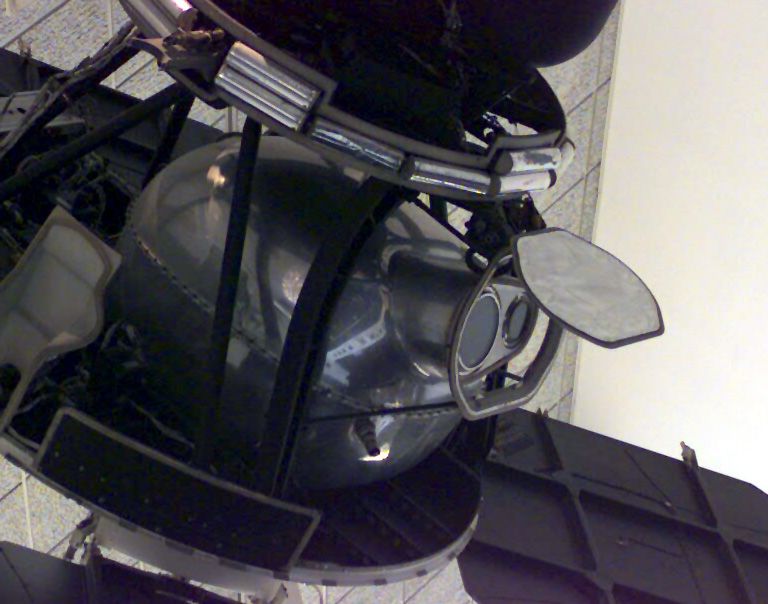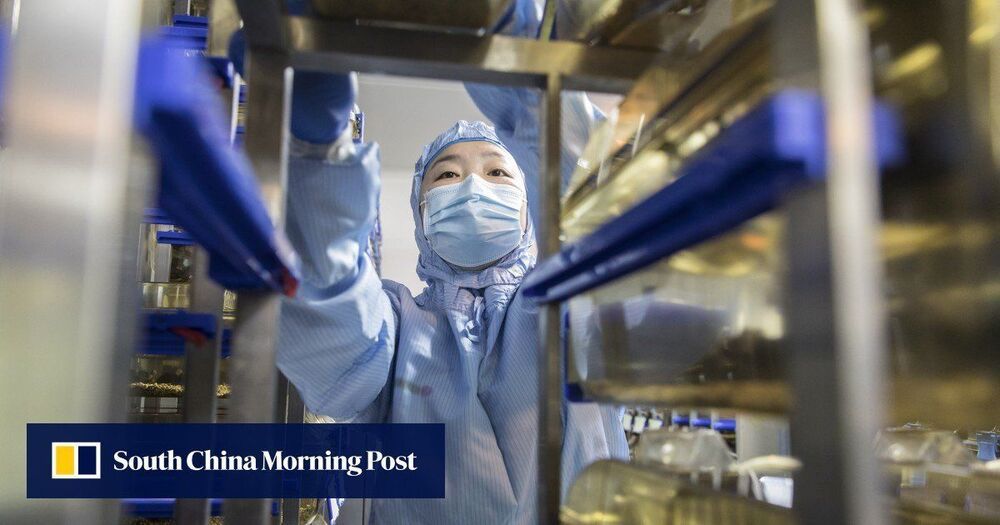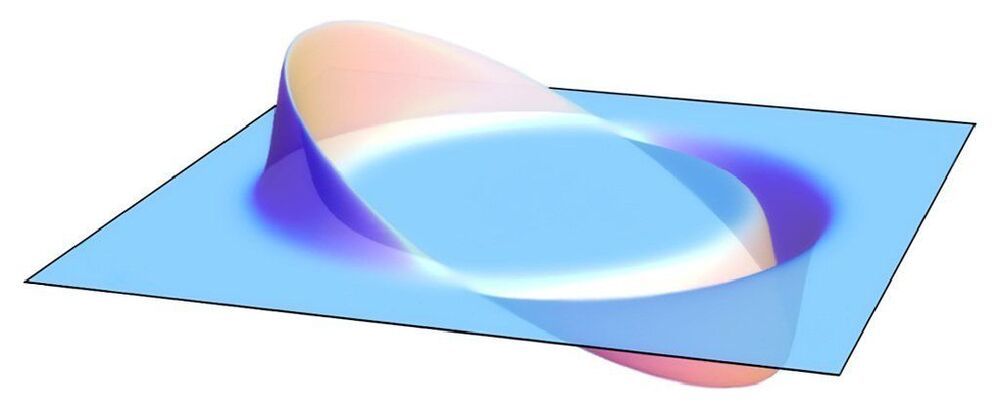‘A class of subluminal, spherically symmetric warp drive spacetimes, at least in principle, can be constructed based on the physical principles known to humanity today,’ the scientists say.
“Conceptually, we demonstrate that any warp drive, including the Alcubierre drive, is a shell of regular or exotic material moving inertially with a certain velocity. Therefore, any warp drive requires propulsion. We show that a class of subluminal, spherically symmetric warp drive spacetimes, at least in principle, can be constructed based on the physical principles known to humanity today.”
The scientists’ theories are based on the Alcubierre warp drive, named after theoretical physicist Miguel Alcubierre. In his paper’s abstract, published in 2000, he wrote that the drive world work by modifying spacetime.
“By a purely local expansion of spacetime behind the spaceship and an opposite contraction in front of it, motion faster than the speed of light as seen by observers outside the disturbed region is possible,” Alcubierre wrote.
